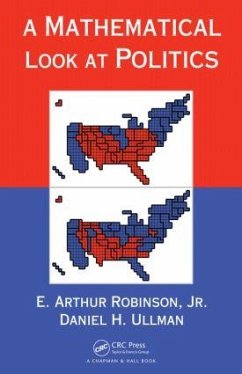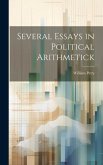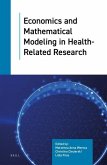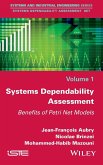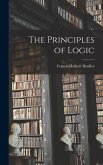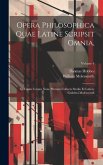What Ralph Nader's spoiler role in the 2000 presidential election tells us about the American political system. Why Montana went to court to switch the 1990 apportionment to Dean's method. How the US tried to use game theory to win the Cold War, and why it didn't work. When students realize that mathematical thinking can address these sorts of pressing concerns of the political world it naturally sparks their interest in the underlying mathematics. A Mathematical Look at Politics is designed as an alternative to the usual mathematics texts for students in quantitative reasoning courses. It applies the power of mathematical thinking to problems in politics and public policy. Concepts are precisely defined. Hypotheses are laid out. Propositions, lemmas, theorems, and corollaries are stated and proved. Counterexamples are offered to refute conjectures. Students are expected not only to make computations but also to state results, prove them, and draw conclusions about specific examples. Tying the liberal arts classroom to real-world mathematical applications, this text is more deeply engaging than a traditional general education book that surveys the mathematical landscape. It aims to instill a fondness for mathematics in a population not always convinced that mathematics is relevant to them.
With record voter turnouts for the 2008 presidential election, interest in the U.S. electoral system and voting (especially among college students) has never been higher. This textbook is based on a popular mathematics and politics course that the authors have taught at George Washington University for the past six years. It explores the mathematics of politics, showing how mathematical reasoning is connected to the pressing issues of contemporary politics and in the liberal arts. Focusing on voting, apportionment, conflict, and the Electoral College, each part of the text examines a type of decision problem and a way to solve it.
Hinweis: Dieser Artikel kann nur an eine deutsche Lieferadresse ausgeliefert werden.
With record voter turnouts for the 2008 presidential election, interest in the U.S. electoral system and voting (especially among college students) has never been higher. This textbook is based on a popular mathematics and politics course that the authors have taught at George Washington University for the past six years. It explores the mathematics of politics, showing how mathematical reasoning is connected to the pressing issues of contemporary politics and in the liberal arts. Focusing on voting, apportionment, conflict, and the Electoral College, each part of the text examines a type of decision problem and a way to solve it.
Hinweis: Dieser Artikel kann nur an eine deutsche Lieferadresse ausgeliefert werden.

